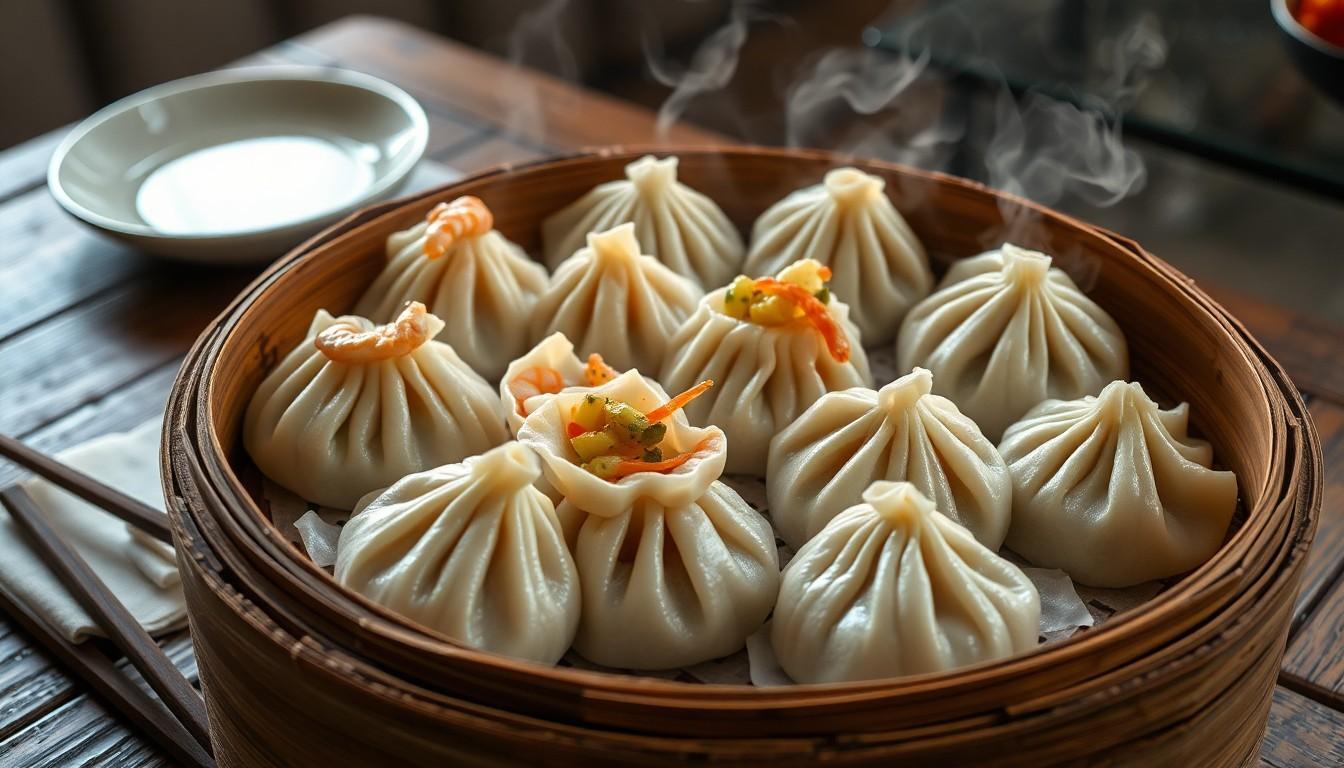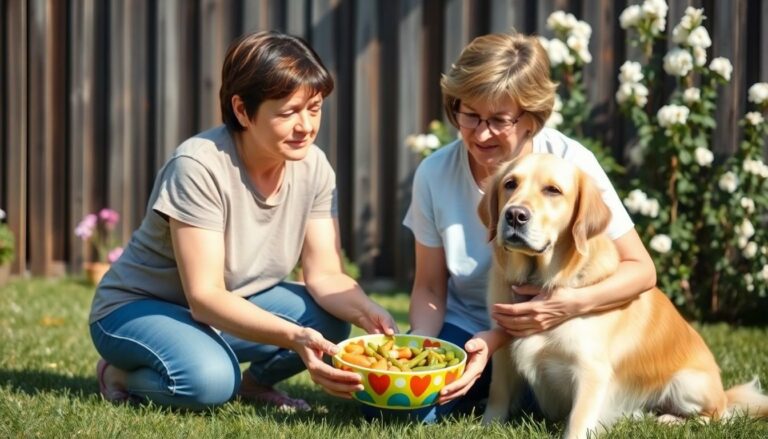Bikimsum, the beloved dumpling delight, has a secret life—one that unfolds long after it leaves your plate. Ever wondered why your stomach feels like it’s hosting a never-ending dumpling party? The answer lies in its unique ingredients and preparation methods.
Understanding Bikimsum
Bikimsum is a popular dumpling known for its unique characteristics and effects on digestion. Its ingredients and preparation methods contribute significantly to the digestion process.
Origin and Ingredients
Bikimsum hails from Asian culinary traditions, combining various elements from different regional cuisines. Traditionally, this dumpling includes flour, starch, meats, and vegetables. Chefs often incorporate shrimp, pork, and various spices to enhance flavor. The dough preparation involves meticulous techniques, ensuring a chewy texture. Unique ingredients like bamboo shoots and mushrooms add depth to the taste profile. This combination of ingredients plays a crucial role in how the body processes Bikimsum.
Nutritional Profile
Nutrients in Bikimsum vary by recipe, yet certain elements remain constant. A typical serving contains approximately 200 calories, featuring protein, carbohydrates, and dietary fiber. Proteins from meats contribute essential amino acids, while carbohydrates provide energy. Fiber aids digestion but can also slow the digestive process. Vitamins and minerals found in vegetables enhance overall nutrition. This nutritional composition, while beneficial, can lead to slower digestion and prolonged satiety.
Digestion Process

Bikimsum’s ingredients and preparation significantly influence its digestion. The primary location for initial breakdown lies in the stomach, where mechanical and chemical processes occur.
Role of the Stomach
The stomach plays a crucial role in breaking down Bikimsum. Strong muscle contractions churn the dumplings, mixing them with gastric juices that contain hydrochloric acid and enzymes. These components help dissolve proteins and soften starches, ensuring easier digestion. Gastric emptying, however, takes longer with heavy and dense foods like Bikimsum. Since the dumpling’s chewy texture requires more time for breakdown, the feeling of fullness and bloating often develops.
Small Intestine Function
Once the mixture leaves the stomach, it enters the small intestine for further digestion and nutrient absorption. Enzymes released by the pancreas and bile from the liver break down fats and carbohydrates present in Bikimsum. This part of the digestive system absorbs nutrients into the bloodstream, but the complex composition of the dumpling can slow this process. Higher fat content and dietary fibers in the dish contribute to extended digestion time, leading to prolonged feelings of satiety.
Factors Affecting Digestion
Several factors influence how long it takes for Bikimsum to digest. Key among these are fiber content and protein and fat levels.
Fiber Content
Dietary fiber plays a significant role in digestion. Bikimsum often includes vegetables and starches that contribute important soluble and insoluble fibers. These fibers absorb water and form a gel-like substance, slowing down gastric emptying. Additionally, this gelling effect creates a feeling of fullness. Chewy textures often found in dumplings increase the time spent in the stomach, which may lead to prolonged digestion. Typical servings can contain several grams of fiber, thus enhancing satiety while also promoting a healthy digestive system.
Protein and Fat Levels
Protein and fat content also impact digestion duration. High-protein ingredients in Bikimsum, like shrimp and pork, require more time to break down. Proteins, when digested, yield amino acids, which take longer and contribute to overall fullness. On the other hand, fats are rich sources of energy and digest more slowly in the gastrointestinal tract. Many recipes include oils or fatty meats that prolong digestion. The combination of these elements significantly slows the entire digestive process, often leading to lasting sensations of fullness and satisfaction.
Common Misconceptions
Misunderstandings about Bikimsum’s digestion often arise. Many believe that all dumplings digest at the same rate. In reality, Bikimsum’s unique composition significantly affects digestion time.
Myths About Digestion Time
One common myth suggests that all foods digest in the same timeframe. This isn’t true, especially for complex dishes like Bikimsum. Factors such as fat content, protein levels, and dietary fibers distinctly lengthen digestion duration. Chewy dumplings, for instance, require more effort for the stomach to break down, leading to prolonged feelings of fullness. The intricate mix of ingredients also plays a role, as each contributes unique properties that influence digestion rates.
Cultural Beliefs and Practices
Cultural beliefs often shape perceptions of digestion. In many Asian cultures, Bikimsum is viewed as a heavy meal, which could reinforce the idea that it takes longer to digest. Traditional practices emphasize enjoying food slowly, enhancing feelings of satiety and prolonging digestion in a communal setting. Recipes passed down through generations may incorporate ingredients that naturally slow digestion, aligning with these cultural practices. Understanding these beliefs aids in comprehending why Bikimsum is associated with longer digestive times.
Conclusion
Bikimsum’s unique composition and preparation methods play a significant role in its prolonged digestion time. The combination of chewy textures high protein and fat content along with dietary fibers contributes to a lasting feeling of fullness. This understanding not only demystifies the digestive experience associated with Bikimsum but also reflects cultural attitudes toward food consumption. By appreciating these factors one can enjoy Bikimsum while being mindful of its effects on digestion. Embracing this culinary delight allows for a richer dining experience that aligns with traditional practices of savoring each bite.





